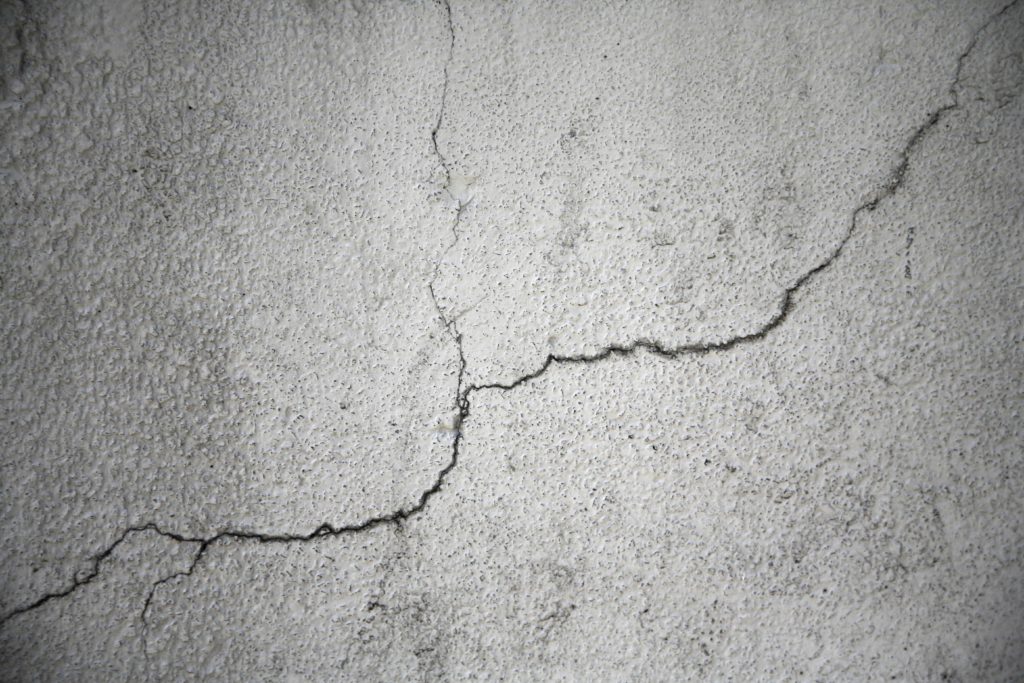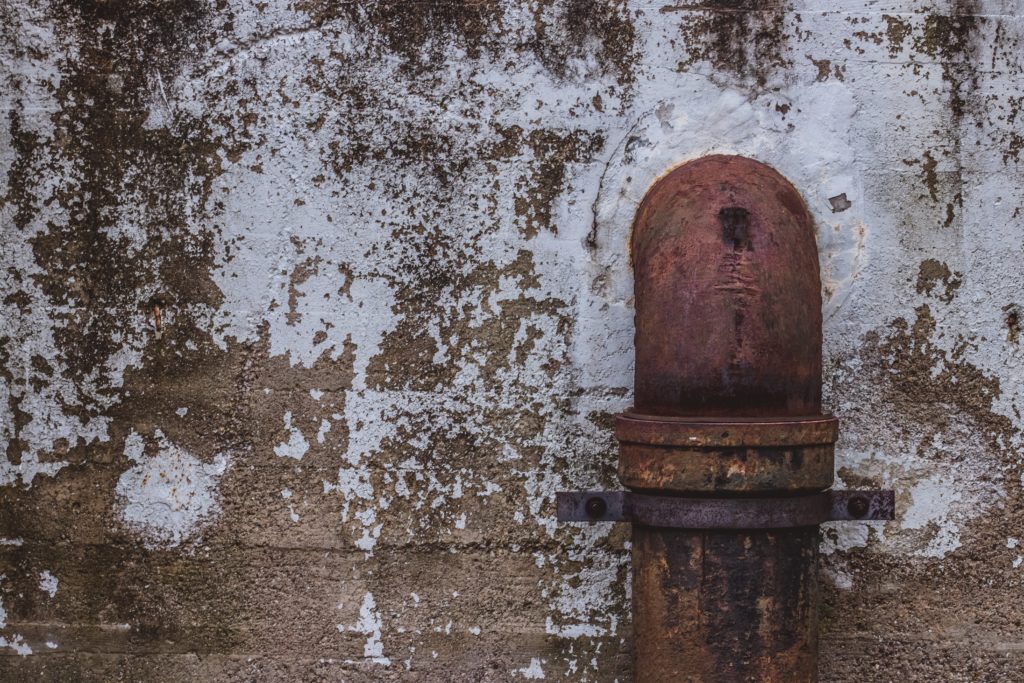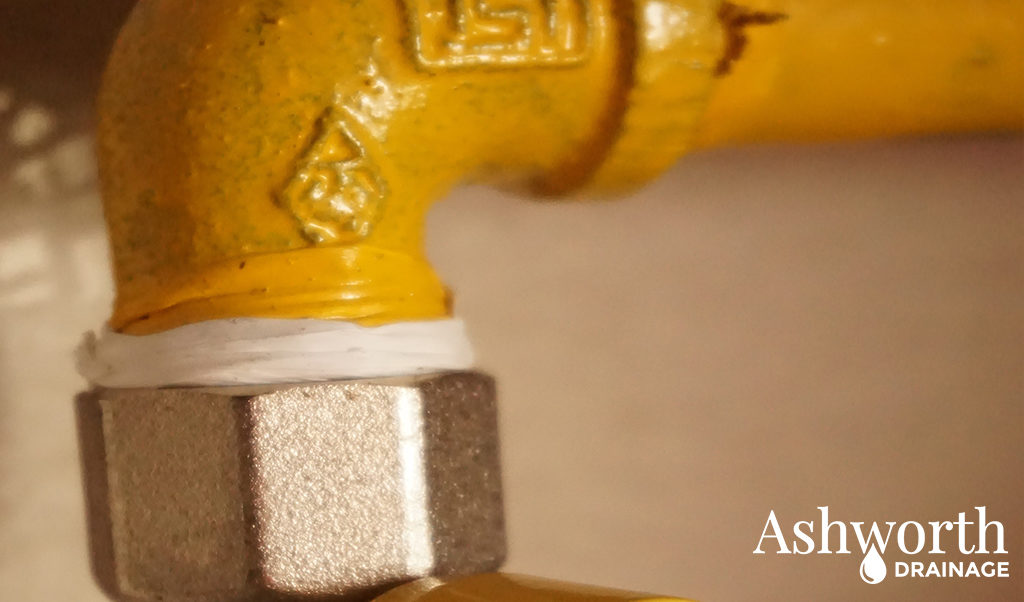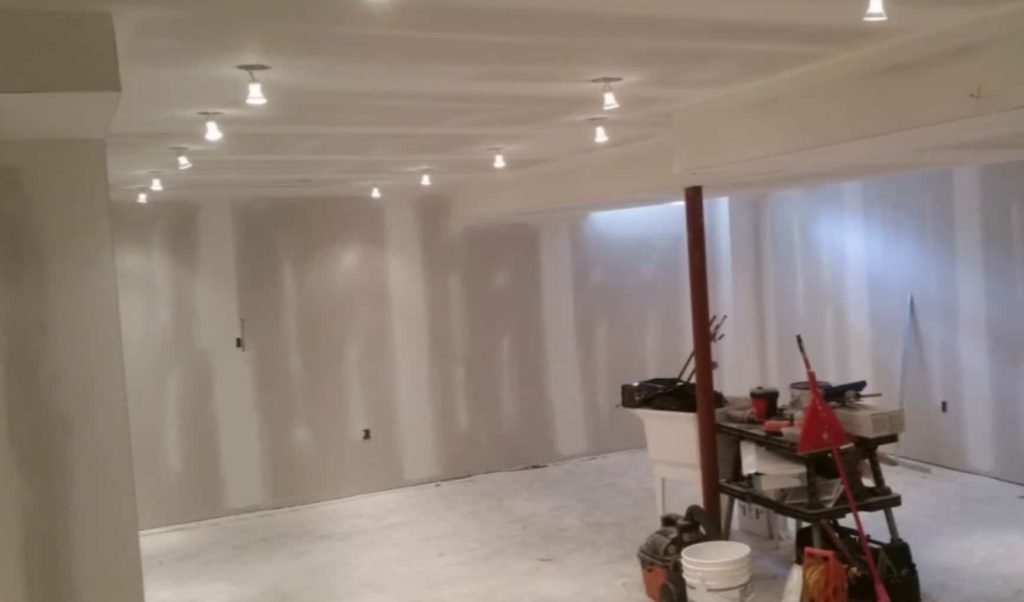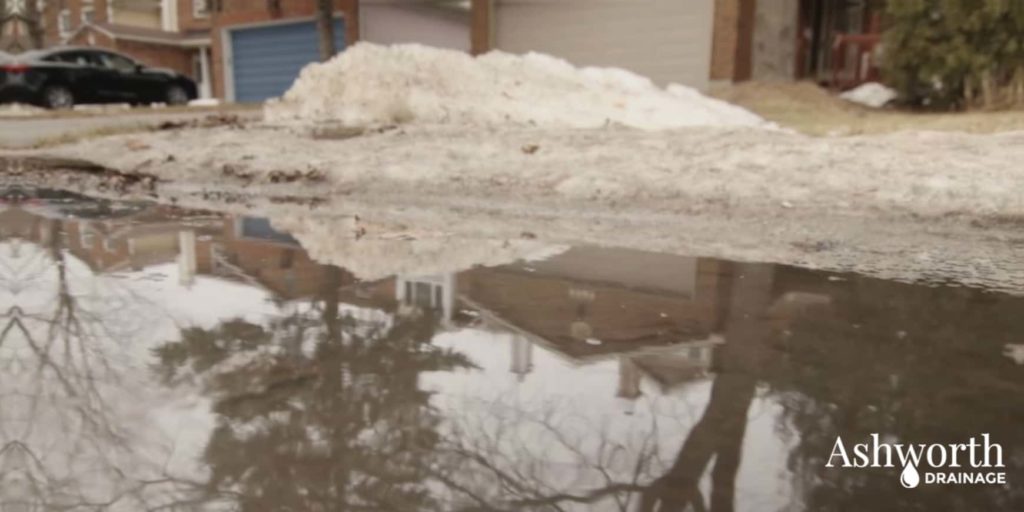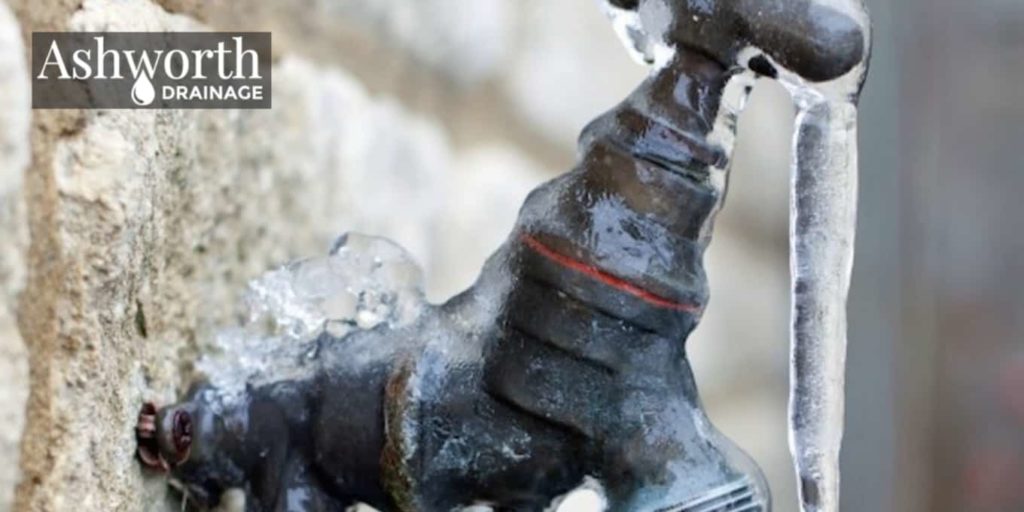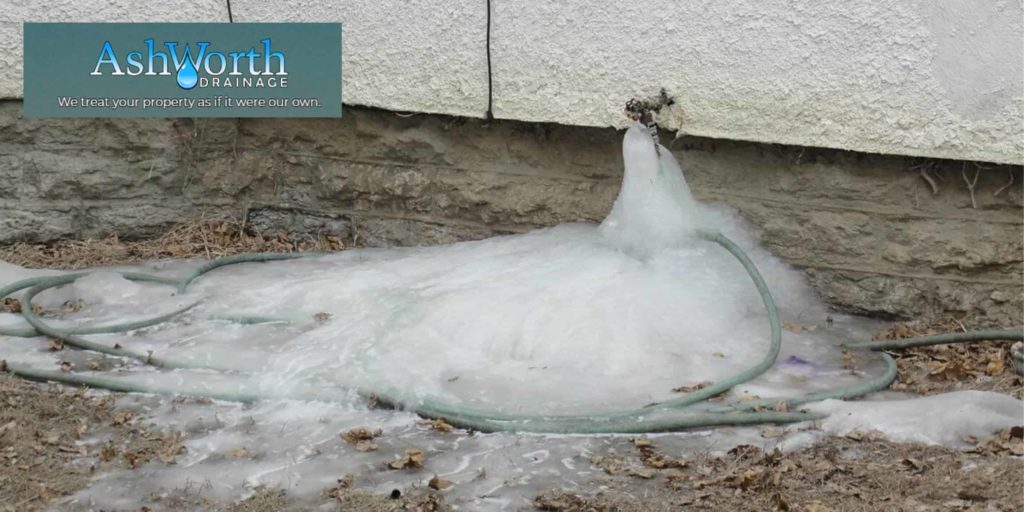ASHWORTH DRAINAGE BLOG
Fixing external cracks in your foundation is absolutely essential. Many cracks cannot be fixed by epoxy or polyurethane injection from the inside, and require outside repairs to prevent them from getting worse. Small cracks can become major structural problems, causing the concrete to heave, contract, and crumble.
If you notice a crack, have it repaired as soon as possible! Repairing any exterior foundation weaknesses as soon as they appear ensures that cracks do not degrade even further and that your basement stays waterproof. Here is how the process works. (more…)
A backyard can be hard to drain as completely as many property owners would like. Whether it’s flat or sloped, a lot of us have to fight against unwanted pools of water turning their lawns into miniature swamps. Things get even messier when these property owners put in a wanted pool of water.
Spring runoff is a frustrating yet always reliable presence for a home located at the base of a slope. It’s not just the surface water you should be concerned with, though that can bring a lot of unwanted soil and plant matter, too; the subsurface water, that moisture flowing beneath the ground, can wreak havoc on your foundation and basement.
Living at the bottom of a hill you have no control over doesn’t mean you have to suffer through these water problems. There are several options you have to reroute both surface and subsurface runoff from your foundation! (more…)
Spring might be the favourite season for many people, but it’s definitely not the best for their home’s foundation. Melting snow and ice combined with rain means your foundation has to stand up to a lot of water pressure, but even one weakness can cause a lot of interior damage. The best way to prevent spring thawing leaks is to make sure there are no cracks or weaknesses in the concrete!
The sump pump is a necessary part of your home’s drainage system. Located at the lowest part of your home, where gravity will lead more excess moisture, your sump pump removes water that accumulates around your basement and crawl space. When snow melts or there’s a massive rainstorm causing water to flow through the soil around your foundation, your sump pump will kick into high gear, protecting your basement from water damage.
Like any other piece of equipment, your sump pump should be examined to make sure it is in working order. You definitely don’t want it to quit on you come springtime! Luckily, this task can definitely be done yourself.
Basement and foundation maintenance isn’t just a warm-weather task. There’s so much you can do in winter to stop major water damage brought when the snow melts and the rain starts. Preventing leaks in the springtime means catching foundation and basement weaknesses before moisture seepage has a chance to make them worse!
Transforming your basement from a storage space to a fully-furnished room is a big job, but it can be really rewarding! But before bringing inexpensive flooring material, new drywall, and stylish furniture, you have to start with waterproofing. Making sure your foundation is solid will protect your new living space from leaks and costly water damage in the future. Good waterproofing will save you from having to renovate again!
Homeowners know that spring can bring out the worst in their basement. Many simply deal with the mess that comes with melting snow, because they think as long as it’s not affecting their belongings and only a little moisture is getting in, what’s the harm?
Unfortunately, any water getting through your foundation walls and into your basement is a sign of a problem that will only get worse – and more expensive – if it’s allowed to continue. There are many things you can do to prepare your basement for the spring thaw, no matter what your budget. Take the time this winter to examine your basement and check for weak spots; you’ll appreciate the work when the snow melts and the rain begins!
Winter is a hard time for your home’s drainage systems. Ice, snow, and deep freezes bring all kinds of unique drainage problems that are more difficult to solve than in the warmer months. You should make sure that you’re prepared to deal with the following five challenges!
As far as winter prep goes, draining your outdoor pipes is one of the easier tasks, so it’s ironic that it’s also one of the most important. When you drain and shut off the pipes that lead outdoors, you’re not just preventing outside damage – you’ll prevent a lot of potential indoor damage, too!

